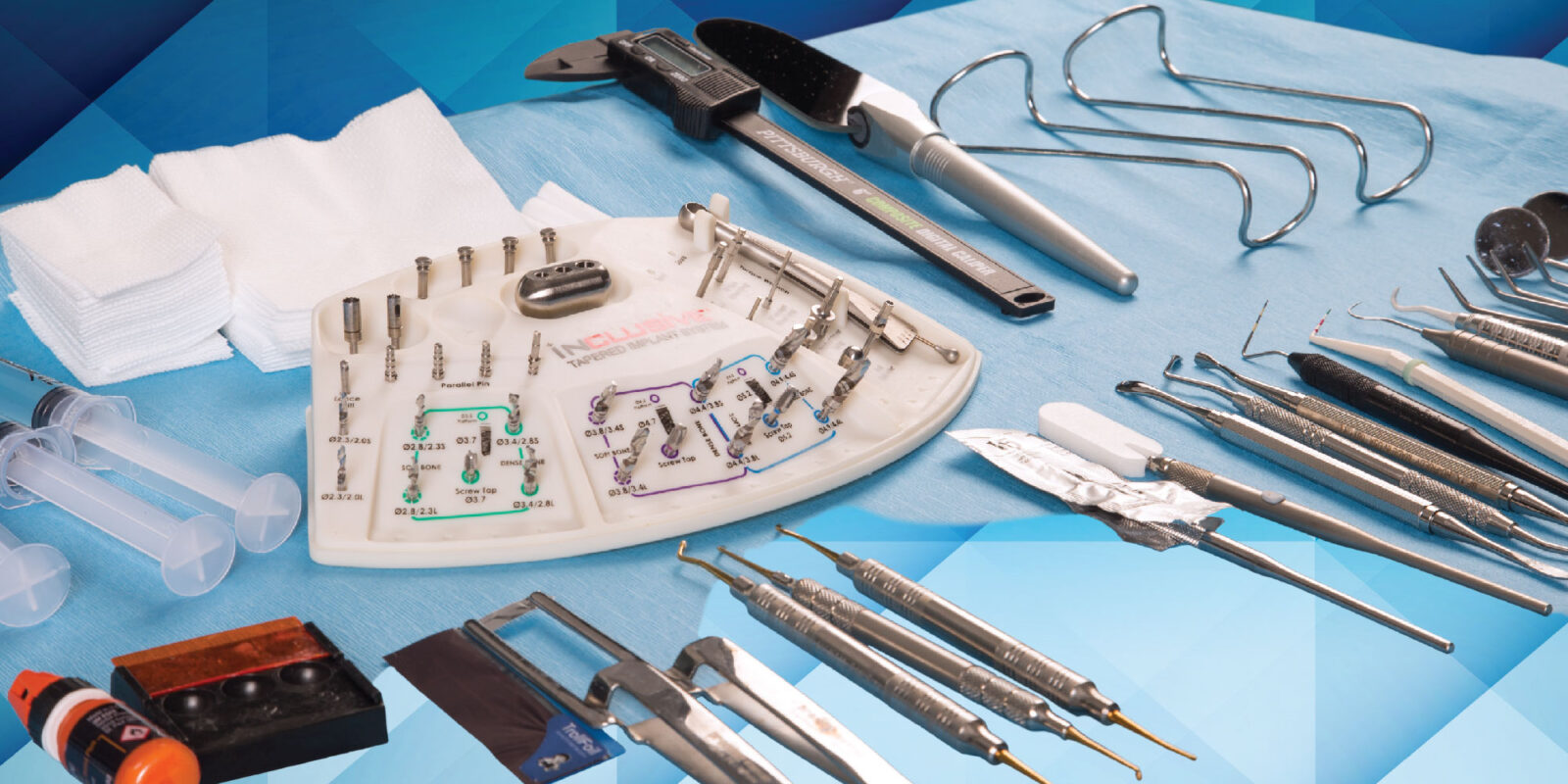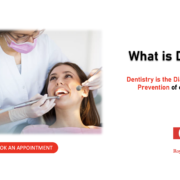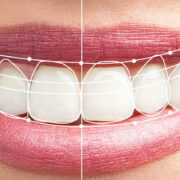Dental cavities have been a troublesome condition for humans for centuries. Although the introduction of dental probes has enabled dentists to remove cavities with precision, the use of a dental probe is often accompanied by discomfort and pain. Fortunately, recent breakthroughs in the field of dentistry have enabled the introduction of non-invasive cavity removal techniques. These techniques offer a range of benefits and are often preferred by both dentists and patients. This article will explore the advantages of non-invasive tooth decay removal techniques, as well as the efficacy of such treatments.
It will also answer the question of whether a dentist can remove cavities without the use of a dental probe. Finally, the article will discuss the potential side effects of these treatments. By the end of this article, readers should have a better understanding of non-invasive cavity removal techniques and their potential benefits.
What is a dental probe?
A dental probe is often used to detect tooth decay and other dental issues, such as cavities. Dentists can use a dental probe to access hard-to-reach areas of the mouth and to find cavities that are difficult to feel with the fingers. This device is usually made of metal and has a small, pointed end. The pointed end is gently placed against the tooth, and a small electric current is then passed through the dental probe. This allows the dentist to feel the tooth and determine if there is any decay.
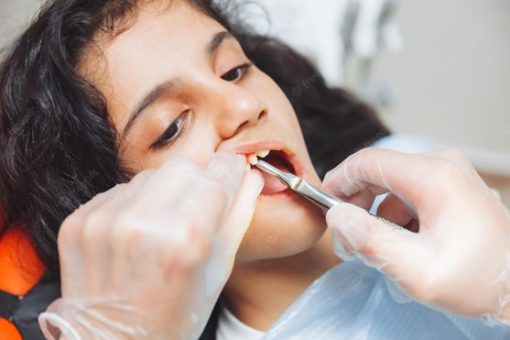
Dental probes are often preferred by dentists because they enable a high level of precision and help minimize patient discomfort and pain. However, dental probes are often associated with a high level of discomfort and pain. Patients often report a burning or tingling sensation on the surface of their teeth when a dental probe is used. Although dental probes have been in use for decades and remain a reliable method of detecting cavities and tooth decay, there have been a number of significant developments in the field of dentistry that have enabled the use of less invasive and more comfortable cavity removal techniques.
Procedure of removing dental cavities
Step 1: The first step in the dental filling procedure is to administer a local anaesthetic so that the area around the affected tooth becomes numb, increasing the comfort of the patient throughout the procedure.
Step 2: Next, the decayed or damaged tooth and its surrounding areas should be prepared for restoration. A dental handpiece or laser may be used to remove the damaged parts of the tooth. An acid gel is used to cleanse the area to remove any remaining bacteria or debris. The filling material is then applied to the area to fill the cavity.
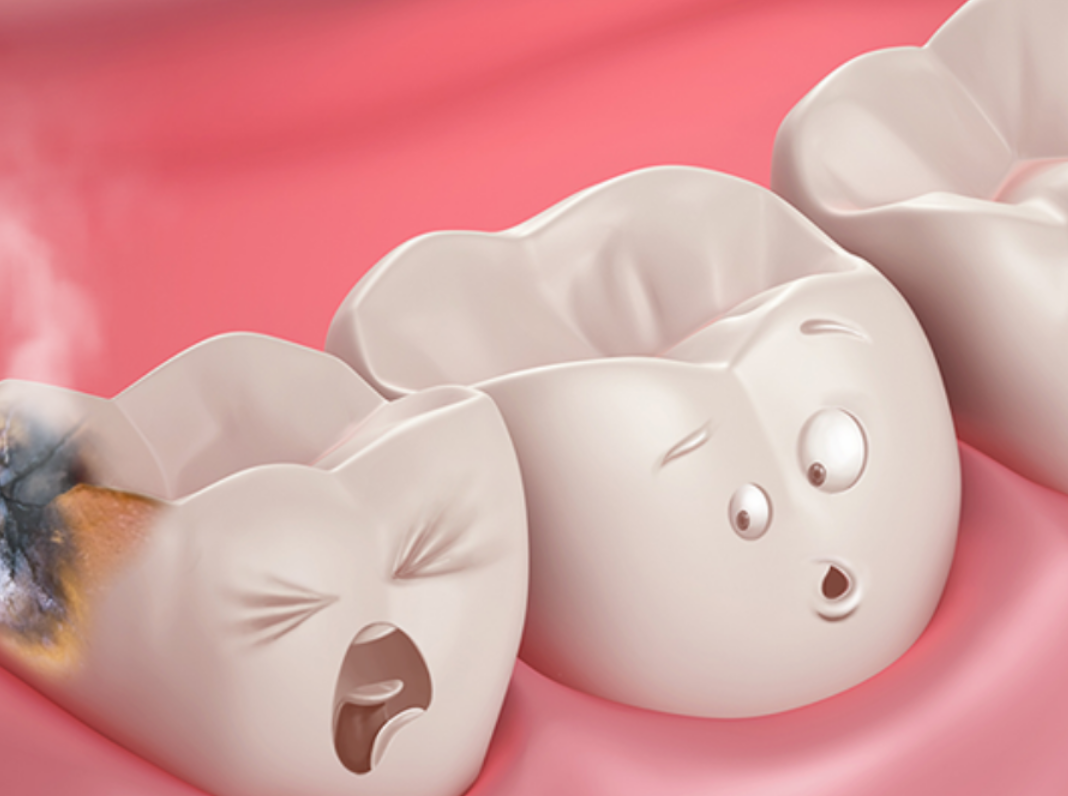
Third Step: The placing of a composite filling requires isolation of the affected tooth; this aims to prevent any interference by allowing moisture in the bonding process in the composite restoration. For this to occur, various adhesives are placed before the composite material. The composite material can then be hardened with the use of a special bonding light.
Final Step: The finished tooth can be polished to conclude the dental filling procedure.
Advantages of non-invasive cavity removal techniques
Reduced patient discomfort and pain: A dental probe is often associated with a high level of discomfort and pain, while non-invasive techniques are less likely to cause pain.
Better access: Non-invasive techniques allow a dentist to access hard-to-reach areas of the mouth and detect cavities in places that might be difficult to reach with their fingers.
Minimal pain: There have been a number of significant developments in the field of dentistry that have enabled the use of less invasive and more comfortable cavity removal techniques.
High level of precision: Non-invasive cavity removal techniques offer a high level of precision, which means that they are more likely to remove all of the decay, without damaging the surrounding teeth or gums.
Less risk of gag reflex: When using dental probes, it is common for patients to experience a gag reflex, as the probe extends into the throat and triggers a natural gag instinct. This gag reflex can be painful and cause patients to retch.
Can a dentist remove cavities without a dental probe?
As discussed above, dental probes are often associated with a high level of discomfort and pain. However, recent developments in the field of dentistry have enabled the use of non-invasive cavity removal techniques that are less likely to cause pain. While these techniques are not as precise as dental probes, they are less likely to cause discomfort and pain. Cavity removal treatments that do not involve the use of a dental probe include laser treatments, the use of natural remineralization, and the application of fluoride varnish.
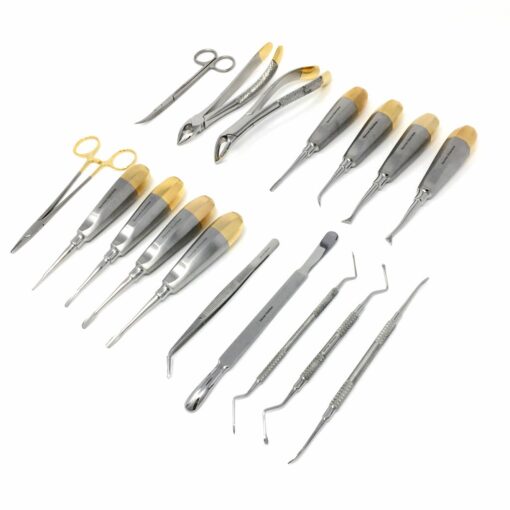
These treatments are often referred to as non-invasive cavity removal techniques. Laser cavity removal treatments employ a dental laser to destroy the decay and facilitate the removal of the decayed teeth. Natural remineralization is a process in which teeth are encouraged to re-mineralize and repair themselves. Fluoride varnish is applied to the teeth and has been shown to be effective in reducing tooth decay. It is important to note that the efficacy of non-invasive cavity removal techniques will vary from person to person.
Efficacy of non-invasive cavity removal treatments
Laser cavity removal treatments: Laser cavity removal treatments involve the use of a dental laser. The laser is applied to the decayed areas of the teeth and destroys the bacteria that cause tooth decay. This facilitates the removal of decayed teeth and results in a clean cavity-free mouth.
Natural remineralization: Natural remineralization is a process in which the teeth are encouraged to re-mineralize and repair themselves. This treatment has been shown to reduce the risk of tooth decay and be useful in the event of a broken tooth.
Fluoride varnish: Fluoride varnish is applied to the teeth and has been shown to be effective in reducing tooth decay. This treatment involves the application of a fluoride varnish to the surface of the teeth. The varnish acts as a barrier to bacteria and other microorganisms that cause tooth decay.
Potential side effects of non-invasive cavity removal
There are not many negative side effects associated with non-invasive cavity removal techniques. However, it is important to note that the efficacy of these treatments will vary from person to person. Laser cavity removal treatments, for example, may not be effective for all patients. In some cases, these treatments may exacerbate the condition of a patient’s teeth, resulting in more tooth decay.
Moreover, laser cavity removal treatments should not be used as a substitute for regular dental checkups. Regular dental examinations enable dentists to detect cavities as soon as they emerge and treat them before they become problematic. Cavity removal treatments should be seen as a last resort, and patients should seek regular dental examinations to avoid tooth decay and the need for such treatments.
Summary and conclusion
Dental cavities have been a troublesome condition for humans for centuries. Although the introduction of dental probes has enabled dentists to remove cavities with precision, the use of a dental probe is often accompanied by discomfort and pain. Fortunately, recent breakthroughs in the field of dentistry have enabled the introduction of non-invasive cavity removal techniques. These techniques offer a range of benefits and are often preferred by both dentists and patients. During this article, we discussed what a dental probe is and what are the advantages of non-invasive cavity removal techniques. We also explored the efficacy of non-invasive cavity removal treatments and the potential side effects of non-invasive cavity removal. Finally, we concluded that dental cavities can be removed without a dental probe.
If you have any dental problems, then make an appointment with our expert Dentist at Royal Dental Clinics. We have highly experienced dentists who treat your dental issues and provide perfect smiles that last forever. SAPTeeth is the best possible solution for this material that restores natural aesthetics. Watch patient testimonials to know more. Hear what patient has to say about filling treatment at Royal Dental Clinics.
Suggested Article:
What is a Cosmetic Bonding procedure?
Follow Us For More Updates
